Dr. Lela Migirov splits her time between Ramat Gan and Paris where she creates haunting commentary on our modern human condition
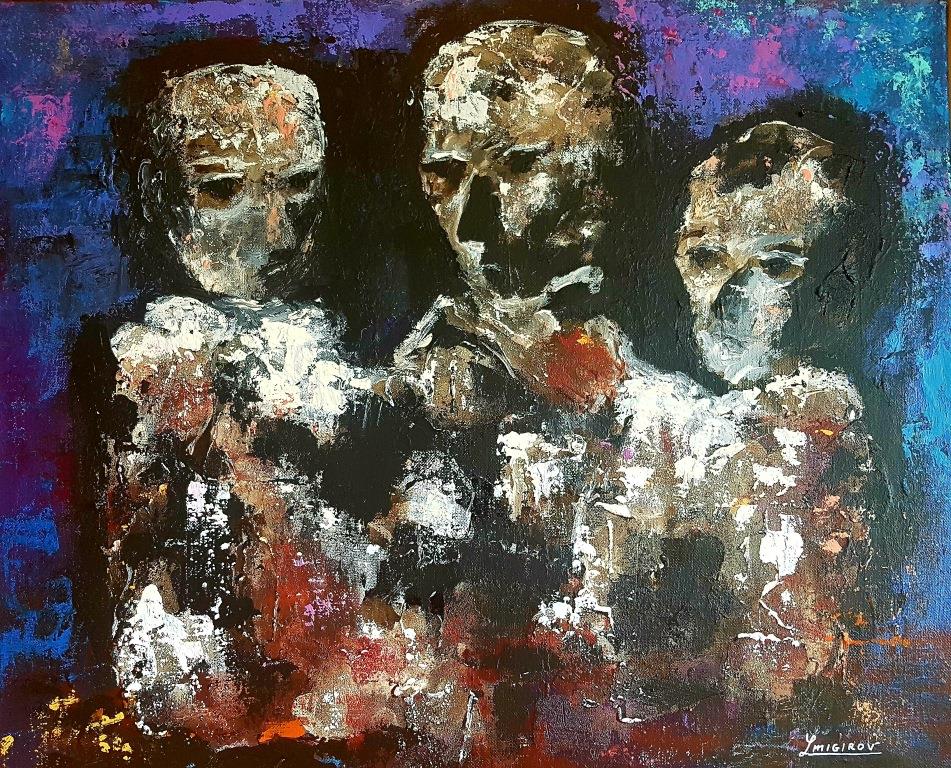
Art is the child of conflict, of irreconcilable differences, of souls being torn asunder. The paradise of the petite bourgeoisie that was early 20th century Central Europe in the Austro-Hungarian Empire was the definition of stodgy middle class stability and yet it was demonstrably on the verge of collapse into utter chaos. This conflict between a thin veneer of sanity floating on top of the roiling ocean of soon to erupt global conflict, the illusion of stability in a world that was already dead and whose bloated corpse was only waiting for the slightest of catalysts to explode gave us great artists like Kafka and Picasso who themselves enjoyed all the trappings of the good life when something inside them knew that it would not last.
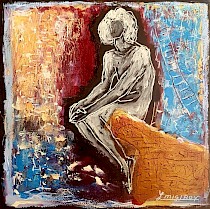
The Biblical story of creation is the story of a celestial Warrior God, himself a highly conflicted and tormented character, winning the battle against Tohu Vavohu, the watery chaos monstress of the Deep. The male Yang briefly won against the female Yin, but had He vanquished Her completely, there would be no life, only order and order, just like peace is achieved only in death.
Second Law of Thermodynamics teaches us that unless we do work, unless we inject energy, systems tend from order to disorder from low entropy to high. Sand castles have low entropy because the little boy put work into bringing order to the grains of sand, teasing geometry out of homogeneity. But soon the waves and the winds will round off the corners, collapse the turrets, and the sand will be just sand again. Life, with its intricate structures is beauty itself, it is the fleeting victory of order over the forces of chaos, but it is not to last. Sooner or later the atoms and molecules of our bodies disperse and return to Her to the goddess of the Deep to slumber until they are picked up again to form a flower, a butterfly, a painting.
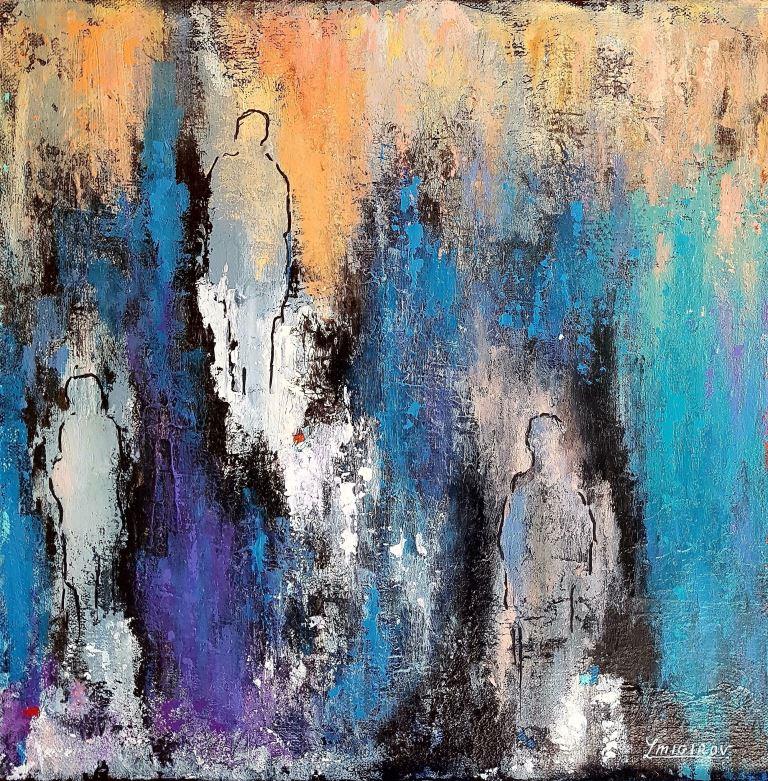
As the pendulum of history swings from the peace of death to the struggle of life, it passes now and again through its point of equilibrium when things appear to be just right, when peace reigns supreme, when the corn is high and the living is easy. We are not living in one of these magical moments and neither did Kafka. We live at a time when the pendulum is at apogee, when there is the briefest of pauses before it starts crashing down again, accelerating, bringing with it unprecedented change and turmoil.
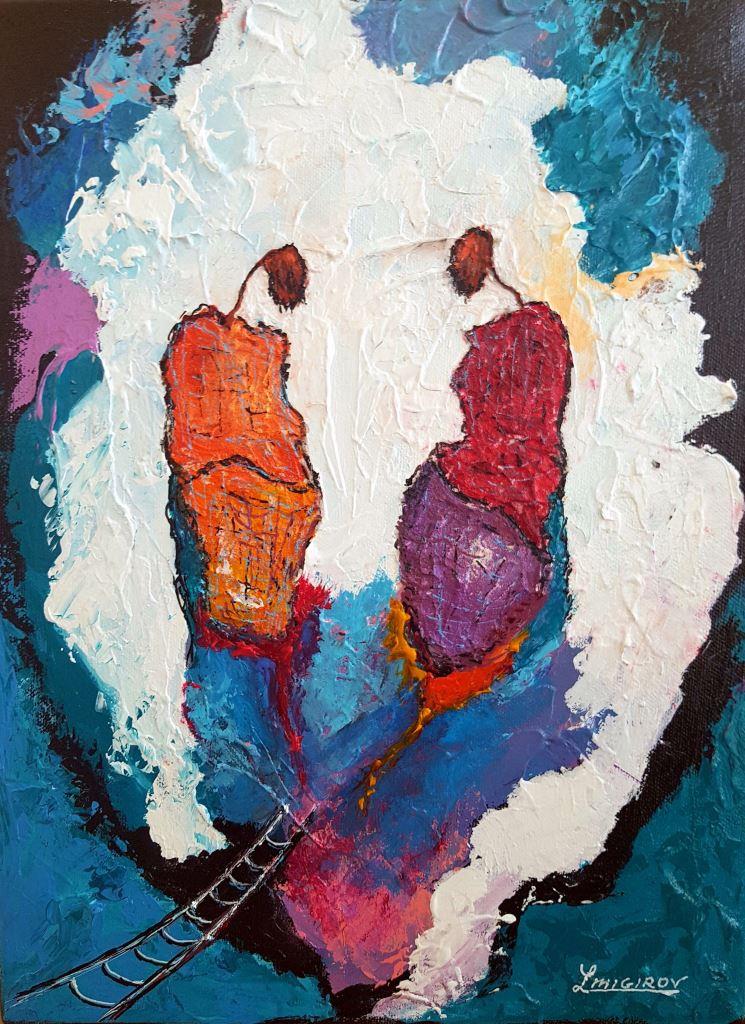
It appears that Dr. Lela Migirov, a leading surgeon at the Sheba Medical Center is no stranger to such turmoil. leaving the profession, the life-calling of medicine having scaled its highest peaks, she has now, rather incredibly, dedicated her life to painting. She says that the paintings that are now on exhibit at the Blue Bird Gallery on 75 Rothschild Street in Petah Tikvah are inspired by Kafka’s writings and one can certainly see the connection. She calls the exhibition: De Natura Angeli: A Capella, invoking the angelic nature of the pure, unaccompanied human voice, the only instrument that has been acknowledged as holy.
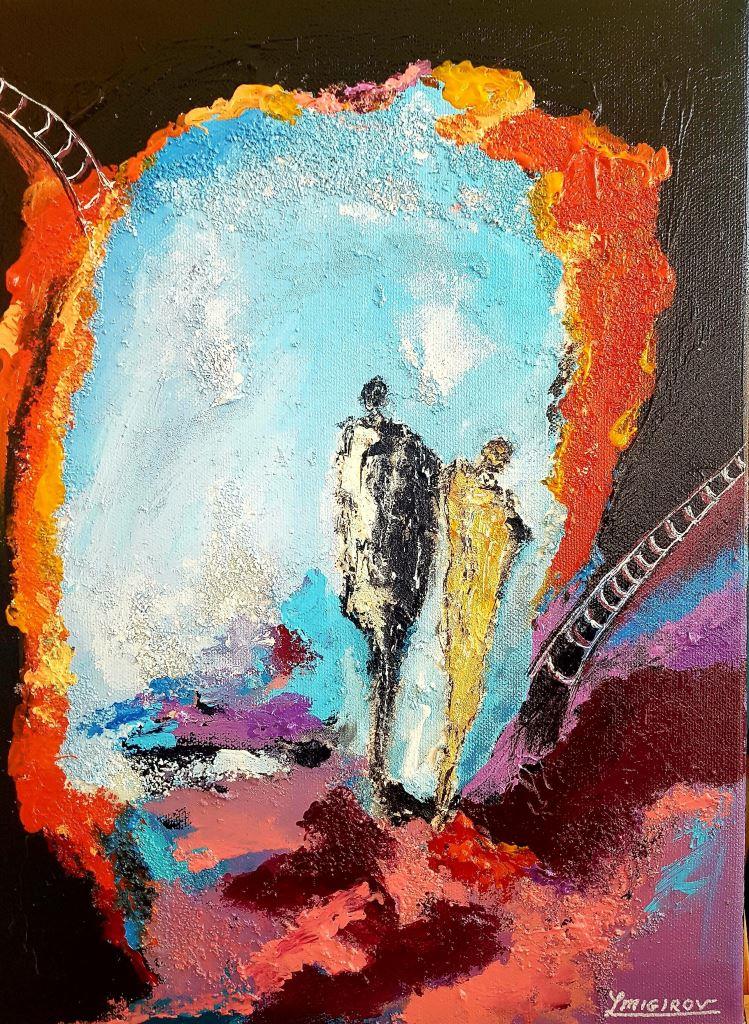

This choice of title for the exhibition is enigmatic because the paintings are disturbing, more hellish than angelic, but that is the nature of art and its priests and priestesses the artists; they are themselves deeply conflicted, befuddled, confused. They rarely know how to describe their own art and when they do, it is often incongruous because words are not their medium. Paints and brushes is what they use to communicate and it is often best to leave their works to speak for themselves.
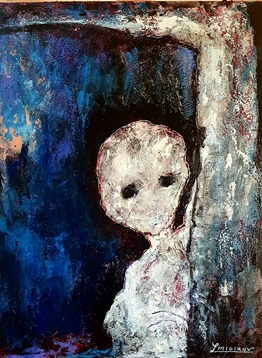
There is a gulf, an ocean, a cosmos between Dr. Migirov’s painstaking, minutely detailed work repairing her patients intricate inner ears and the tempest that is her brushwork. Few people, I would think, are capable of holding such contradictions within themselves and somehow managing to stay away from mental illness. Perhaps painting in her tiny Montparnasse studio is what is keeping her sane and if so it is a win for her and an incredible privilege for us the viewers who can catch a glimpse of her soul in her paintings.

There is something incredibly modern and timely about Lela’s paintings with their generic Non Playing Characters (NPC’s), faceless, staring blankly into empty space, her tenuous rope bridges that connect nothing with nothing, the sperm floating aimlessly through a barren ocean, clearly never destined to find an egg to fertilize. Our world is full of dead end people, involuntary celibates, denizens of cubicles and surfers of couches who spill their sperm both aimlessly and without aim. They all occupy a kind of purgatory, neither heaven nor earth nor hell, desperately trying to find someone to talk to, someone to connect to even for the briefest of moments over the most tenuous of threads.
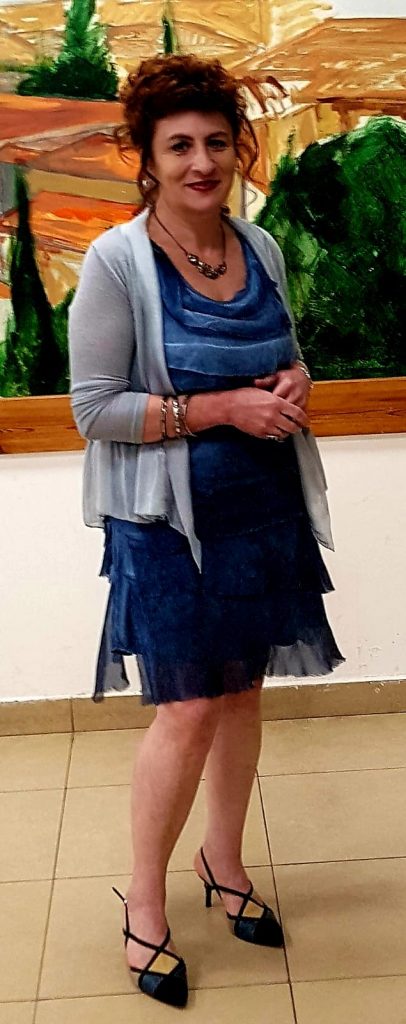
Dr. Migirov, I imagine, saved many a person’s hearing and for most of us that would be quite enough to fill more than one lifetime. For her, it wasn’t. There aren’t many people like that and when they let us in, even briefly, into their world, we are all made the better for it.


